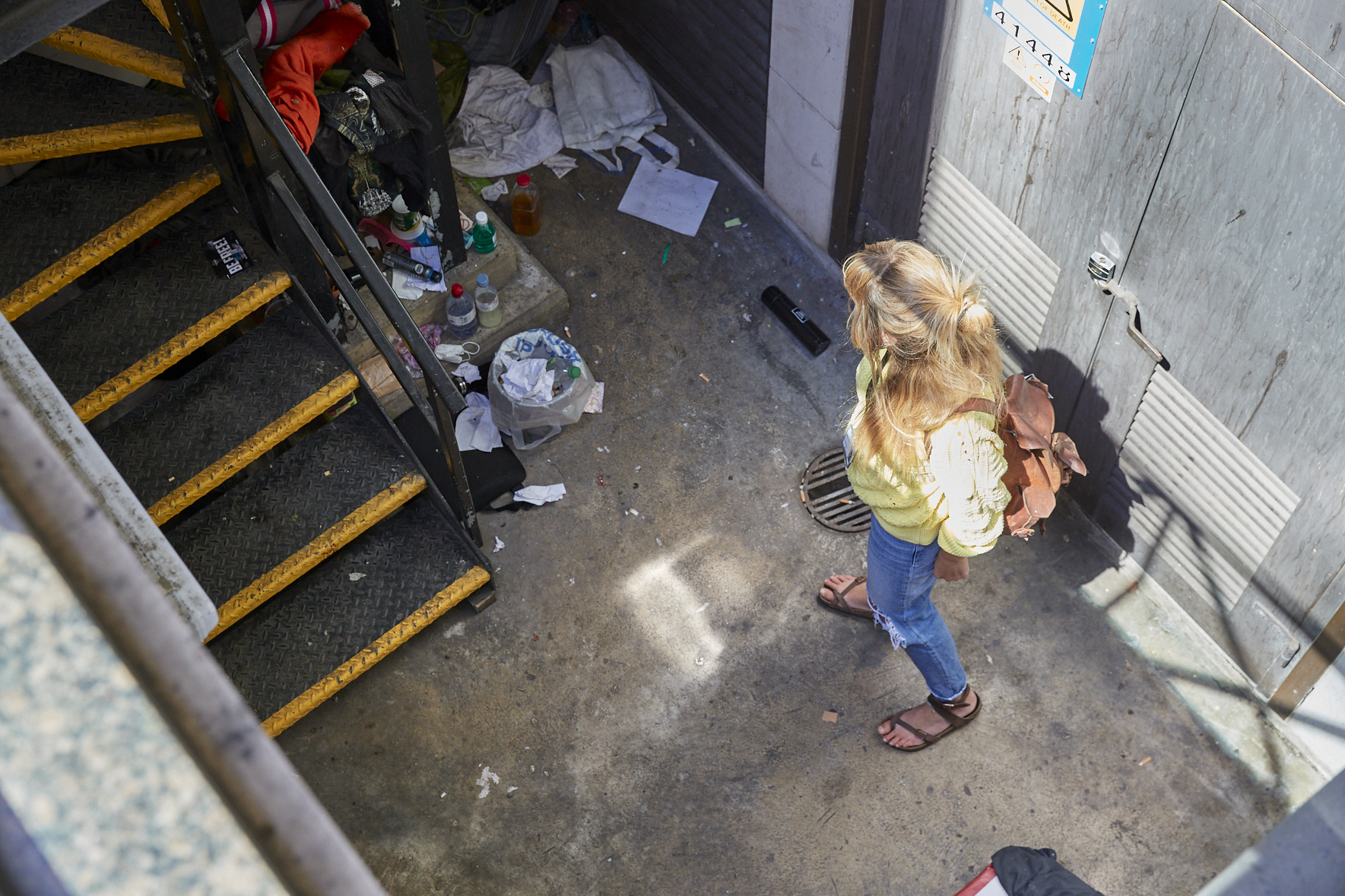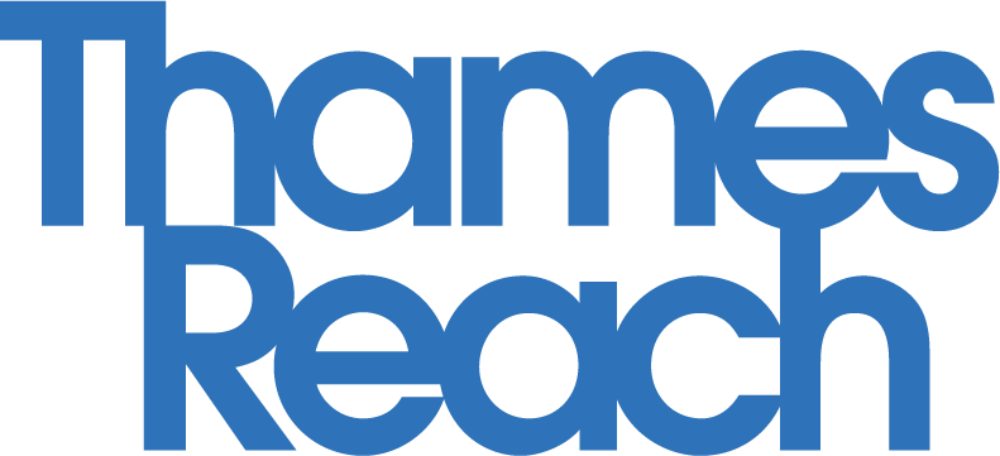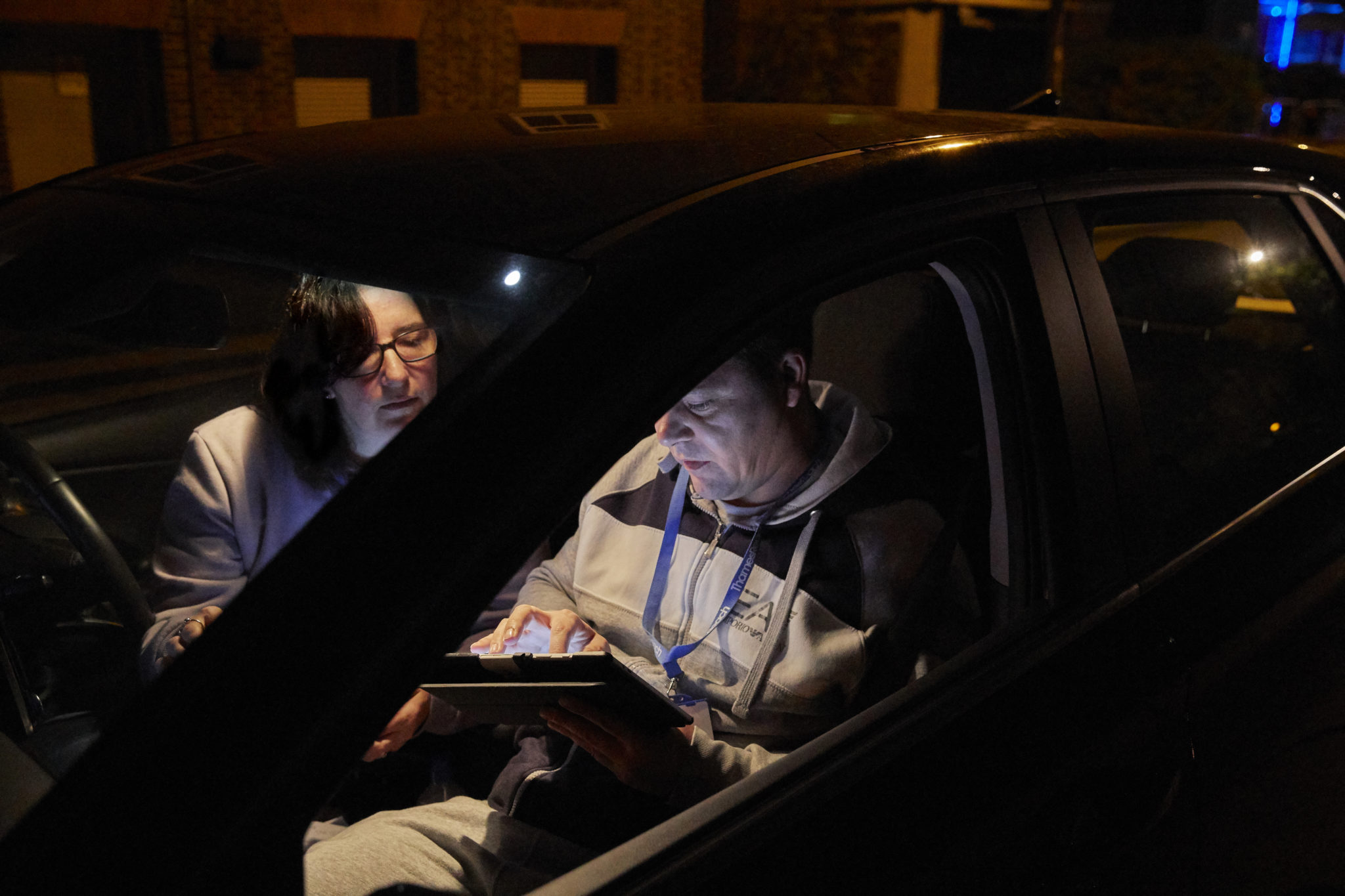Bill Tidnam speaks about rough sleeping stats in government panel discussion
Thames Reach Chief Executive, Bill Tidnam, spoke at the government’s ‘Delivering Together to End Rough Sleeping’ event on 1 March 2022.

New figures released by the Department of Levelling Up, Housing and Communities (DLUHC) show the numbers of people sleeping rough have fallen for the fourth year in a row, with a 9% decrease from this time last year. The whole of England saw this decrease, but it is estimated that the biggest drop in numbers was found in London, with around 10% fewer people than autumn 2020.
While these numbers are initially encouraging, an online event on 1 March chaired by Eddie Hughes MP stressed that there is more work to be done.
As part of this event, Thames Reach Chief Executive Bill Tidnam featured on the government’s ‘Delivering Together to End Rough Sleeping’ panel, alongside Eddie Hughes MP, Minister for Housing and Rough Sleeping; Andy Burnham, Mayor of Greater Manchester; and Kath Wallace, Divisional Manager of Liverpool City Council. They discussed the recent statistics, with all panellists agreeing on the importance of prevention services and suitable housing solutions to not only ensure that numbers continue to decrease, but that we can intervene and support people before the traumatic experience of street homelessness occurs.
During the panel, Bill was asked about best practices for supporting people with complex needs, asserting the importance of patience, flexibility, and working with an individual to see what routes and services are best for them. The need to help people with no recourse to public funds was also a key part of the discussion, with everyone celebrating the success of ‘Everyone In’, viewing it as a framework to take forward in the mission to end rough sleeping.
Kath Wallace and Andy Burnham also spoke about community efforts, that rough sleeping is an issue that can be resolved through communities being strengthened as well as specialist input. At Thames Reach, we know the value of communities, not only in terms of helping an individual away from street homelessness, but in how hubs and groups can be excellent ways to work with people at risk of street homelessness, to engage with them outside of traditional services or buildings that may be a daunting prospect for some.

